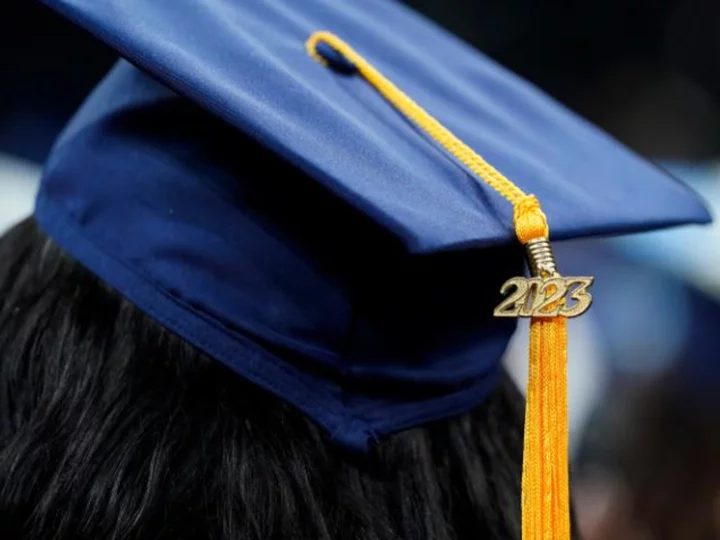Millions of Americans are about to get a rude awakening in their monthly budget: Federal student loan payments are back.
While the Supreme Court on Friday blocked Biden's student loan forgiveness program, the pause on payments is separate and coming to an end as part of the debt ceiling deal.
Borrowers have had a break from their obligations for three years due to the pandemic. That has allowed them to use the money for rent, car payments, paying down other debt, building up savings or spending it.
But starting in September, interest begins accruing again on outstanding balances. And on October 1, minimum payments resume.
That means 44 million Americans will have to fork out a monthly payment averaging from $210 to $314, according to Wells Fargo.
How we got here
The payment pause began in March 2020, a response to the Covid pandemic from then-President Donald Trump, and was extended under President Joe Biden.
"Loan payments covering 44 million students will have to resume — obviously a headwind, taking approximately $70 billion annually out of the economy," said Greg Valliere, chief US policy strategist at AGF Investments.
The return of monthly loan payments is "potentially a negative for discretionary spending," he wrote in a note to clients, adding that it's a potential storm cloud on the horizon in an economy that has been rolling along nicely, buoyed by solid post-pandemic consumer spending. In a surprise to many economy watchers, first-quarter US gross domestic product was a solid 2%, stronger than initial readings — with much of that fueled by consumer spending.
Impact on the economy
"The struggle will be real and unfamiliar after more than three years of not having to make payments," wrote the economists at Wells Fargo. "We will likely see some slowing in spending growth toward the end of this year as a result of the resumed payments denting certain households' ability to consume, but we do not think the end to the payment pause will be widespread enough to have a significant effect on overall US household spending."
They argue most student loan balances are manageable, and say only people with very large balances will have to pull back on their spending.
"We view student loan debt as an increasing burden for US households, but the data demonstrate that large balances (and thus payments) are concentrated among a relatively small number of households."
They note that in the first quarter, more than half of all borrowers had loans of $20,000 or less. About 7% of borrowers — about three million people — have balances of $100,000 or more. Those households will likely have to pull back on their spending.

